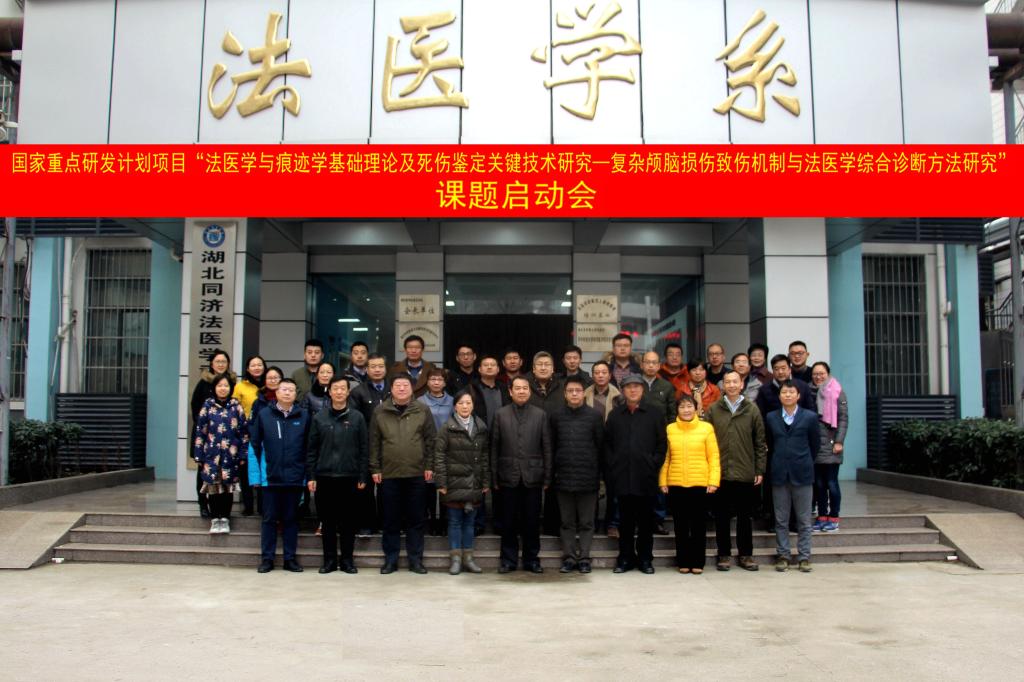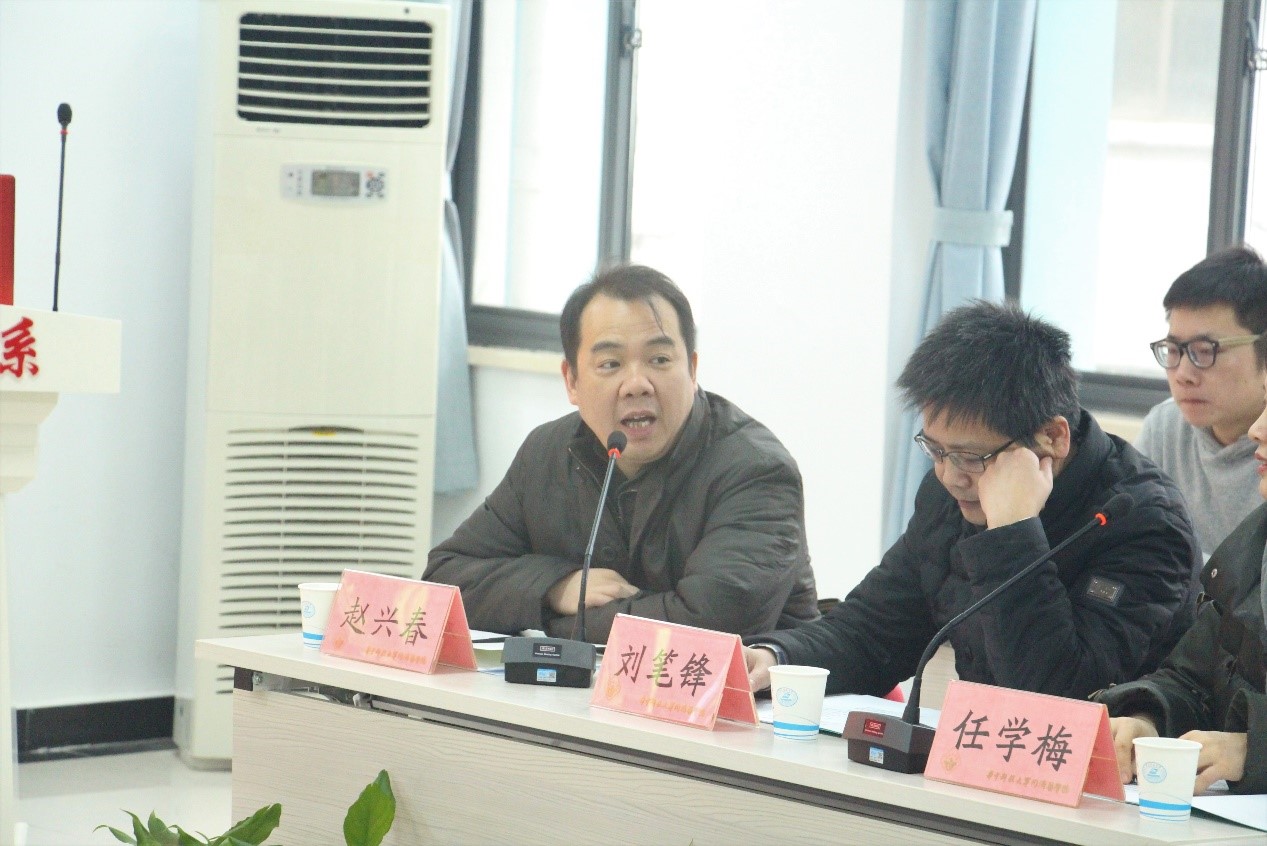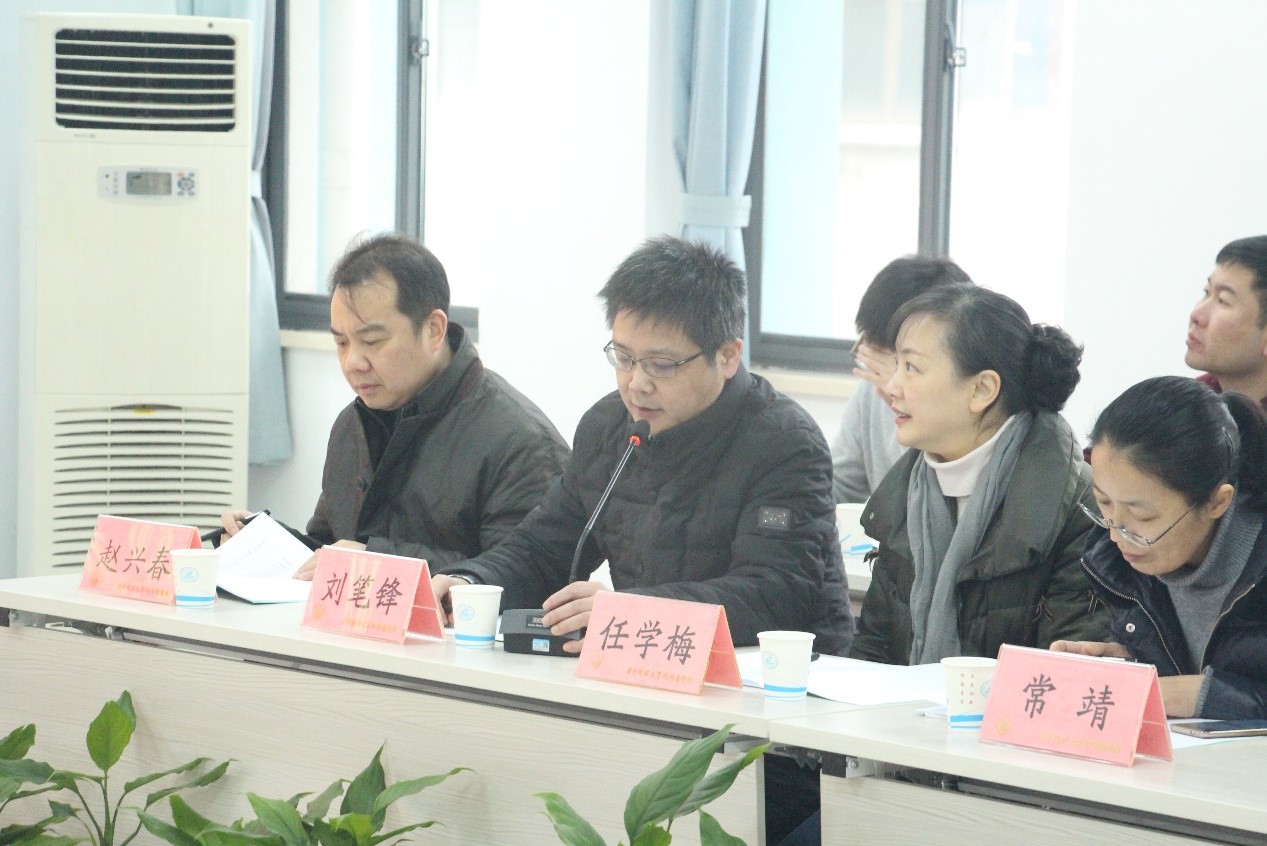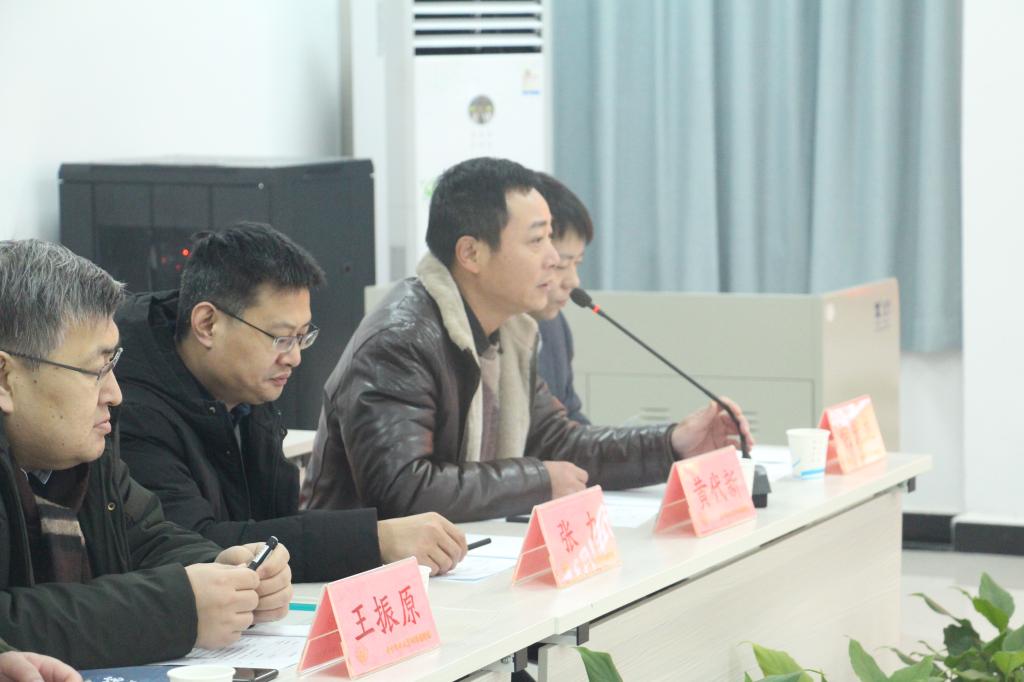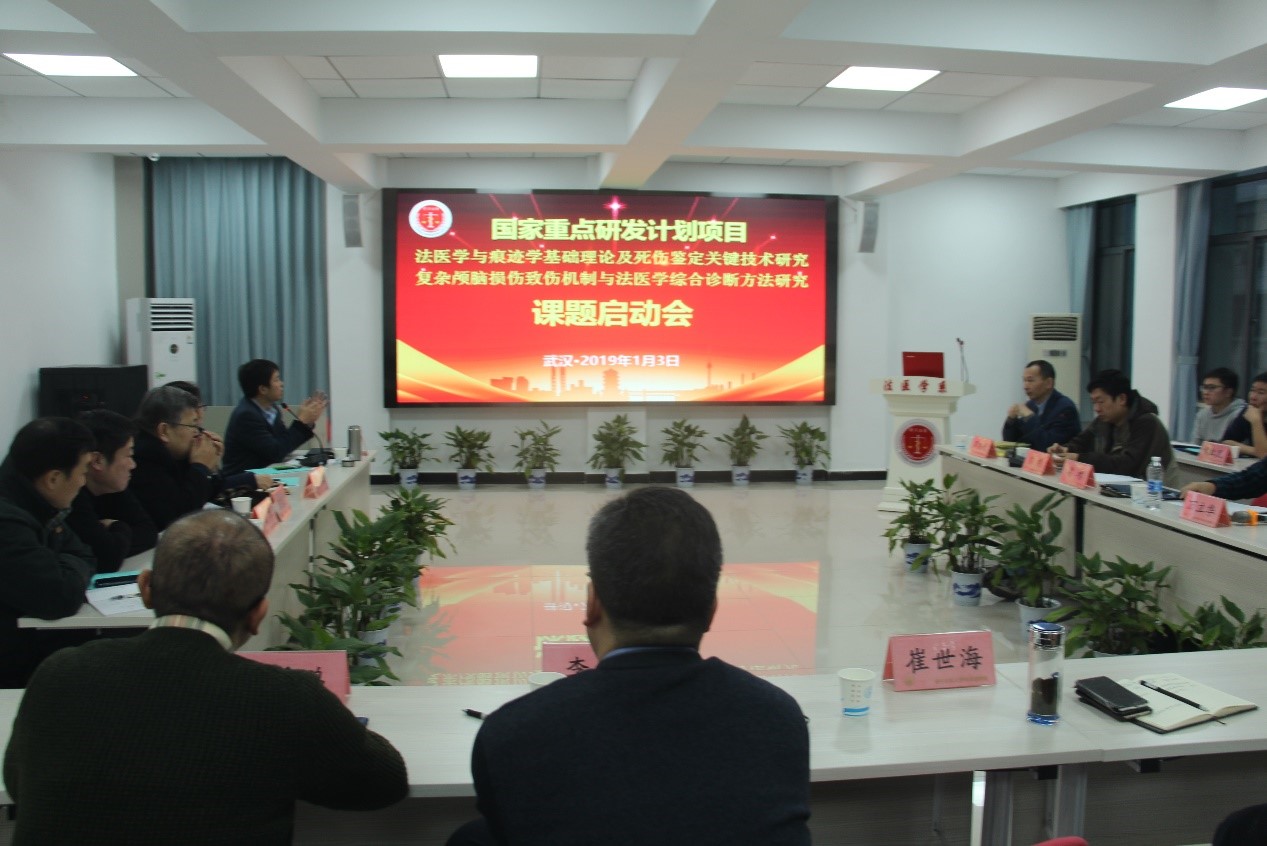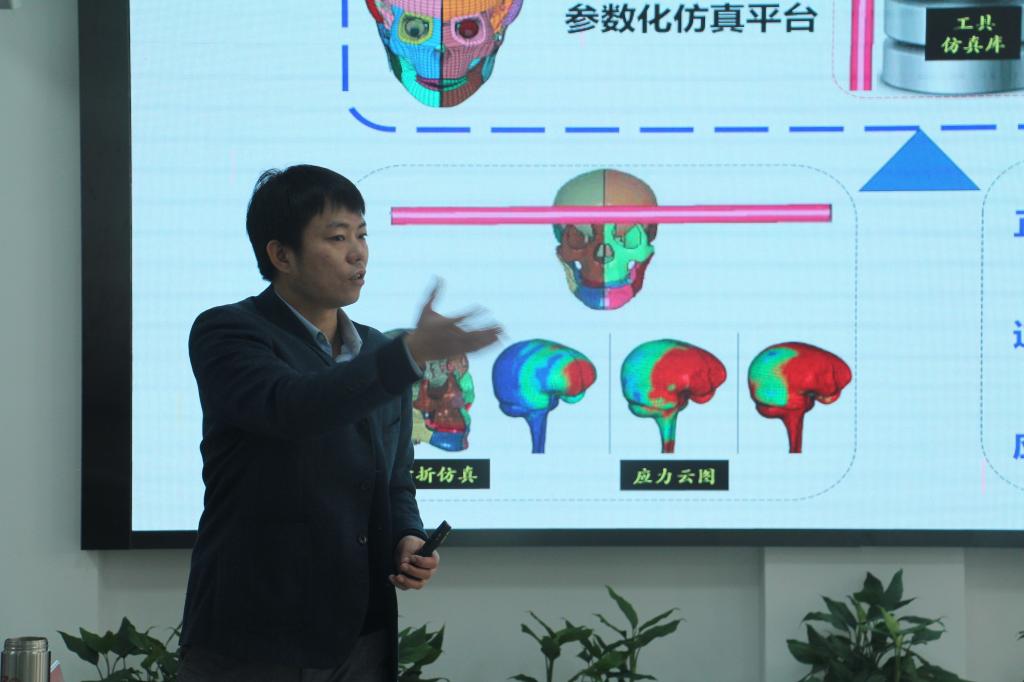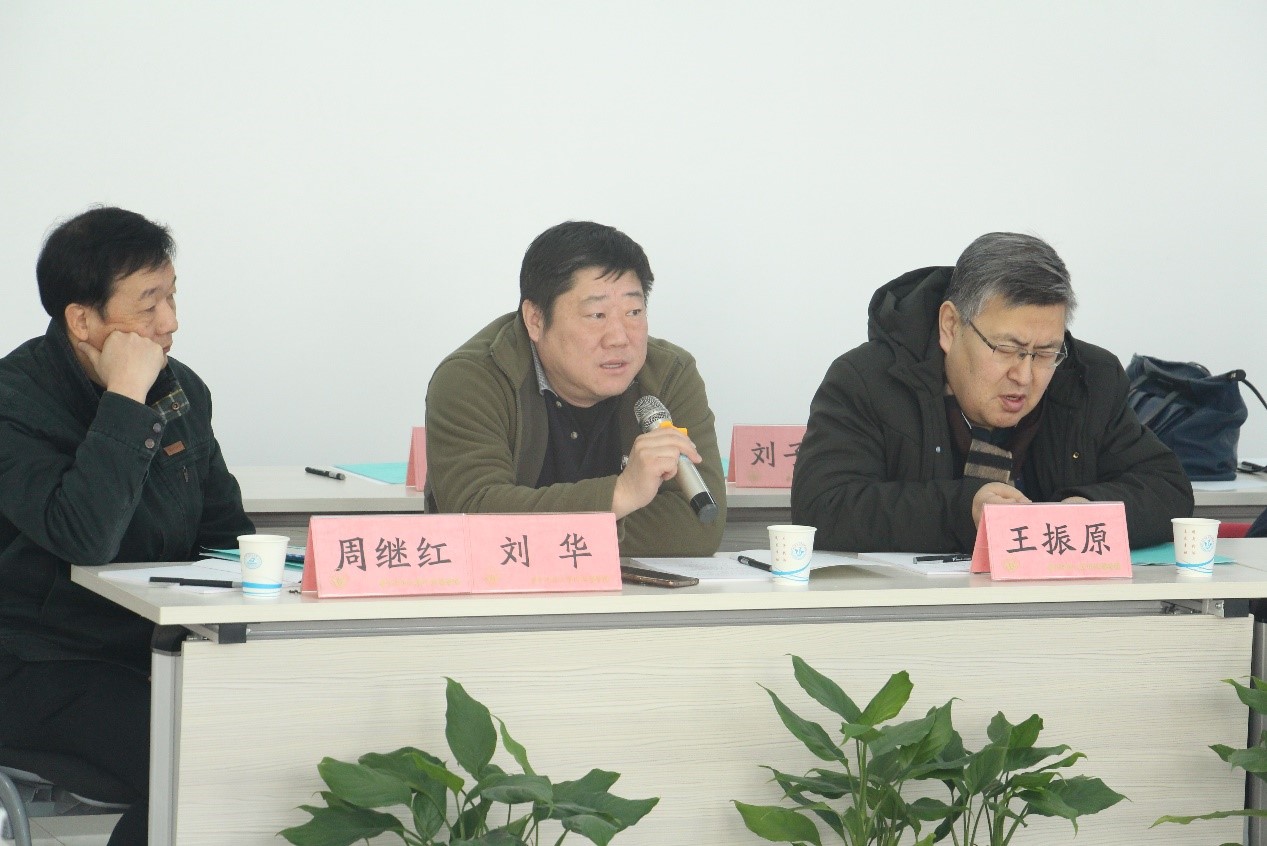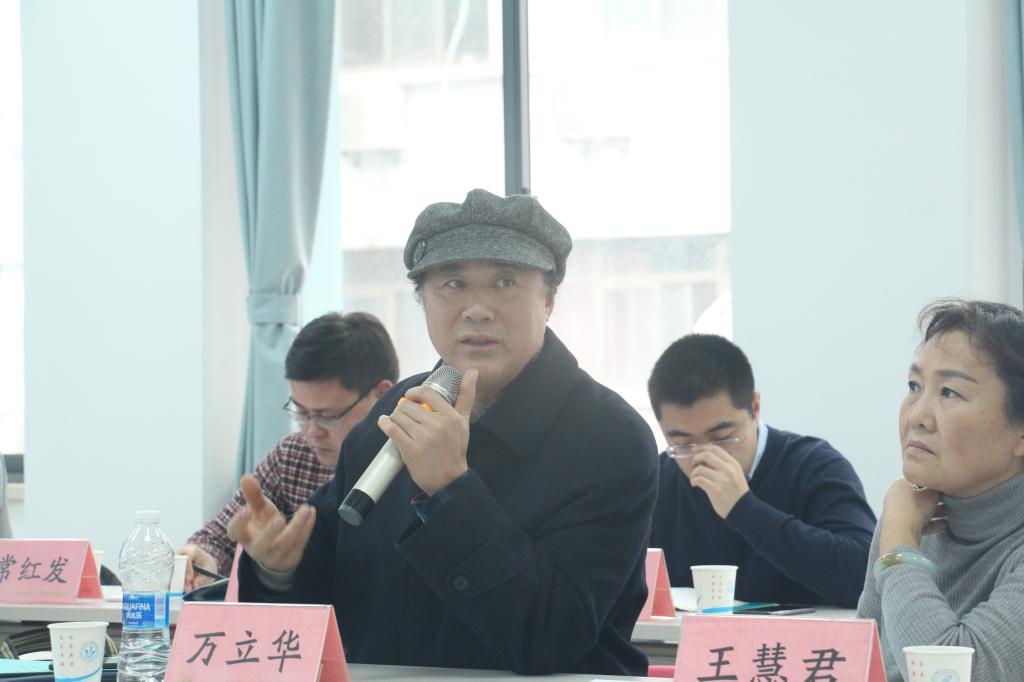On January 4, 2019, the launching meeting of National Key Research and Development Program——“Research on Basic Theories of Forensic Medicine and Trace Science and Key Technologies for Identification of Death and Injury”——Research on the Mechanism of Injury Caused by Complex Craniocerebral Injury and Comprehensive Diagnostic Methods of Forensic Medicine" was successfully held in the department of Forensic Medicine, Tongji medical college, Huazhong University of Science and Technology.
Xingchun Zhao, the director of Scientific Research Management Office of Physical Evidence Identification Center, Ministry of Public Security; Bifeng Liu, vice-president of School of Science and Technology development, Huazhong university of Science and Technology; Jing Chang, deputy director of department of Toxicology Test Technology, Physical Evidence Identification Center of the Ministry of Public Security; Li Zhang, director of Medical office of Technical Development Institute, Huazhong University of Science and Technology ;Professor Daixin Huang, director of the department of Forensic Medicine, Tongji Medical College, Huazhong University of Science and Technology; Xuemei Ren, secretary of CPC General Branch, department of Forensic Medicine, Tongji Medical College, Huazhong University of Science and Technology; Professor Liang Liu, former director the department of Forensic Medicine, Tongji Medical College, Huazhong University of Science and Technology; Professor Zhenyuan Wang from Institute of Forensic Medicine, Xi 'an Jiaotong University; Hua Liu, director of Forensic center, Beijing Municipal Public Security Bureau; Professor Lihua Wan, former vice-president of Chongqing Medical University; Professor Jihong Zhou from Third Military Medical University; Professor Huijun Wang, president of Institute of Forensic Medicine, Southern Medical University; Professor Bo Xiong from the department of Forensic Medicine, Tongji medical college, Huazhong University of Science and Technology; Professor Hongmei Dong from the department of Forensic Medicine, Tongji medical college, Huazhong University of Science and Technology and other experts participated in the launching meeting. The meeting was presided over by Guanglong He, deputy director of the Forensic Pathology Injury Technology department of the Physical Evidence Identification Center, Ministry of Public Security.
Director Daixin Huang first extended a warm welcome to the participants, and wished the project launching meeting a complete success. Vice President Bifeng Liu introduced the basic situation of Huazhong University of Science and Technology and its remarkable achievements in scientific research in recent years to the attending experts and leaders, and warmly welcomed the arrival of all the experts. Director Xingchun Zhao expressed that the Physical Evidence Identification center of Ministry of Public Security would fully support the development of the project. Deputy director Jing Chang made a detailed introduction on the management of scientific research funds for National Key Research and Development Program of China and conveyed some spirit of the Ministry of Science and Technology on the implementation of such projects.
Subsequently, the meeting moved into the substantive phase, project leader Guanglong He sketched out the whole project. Professor Yingmin Li from Tianjin University of Science and Technology, Professor Shihai Cui from Hebei Medical University, Professor Wei Li from Railway Police College, Senior Coroner Yang Li from Shijiazhuang Public Security Bureau, Professor Yiwu Zhou from the department of Forensic Medicine, Tongji medical college, Huazhong University of Science and Technology made presentation on research content, research plan and budget of the project they were in charge of in turn. Experts at the meeting expressed their opinions and commented on each project one by one. The persons in charge of each project thought that the expert's opinions were quite relevant and had practical guiding significance for the implementation of the tasks. They expressed that they would implement the spirit of the meeting, internalize the meeting content in mind and externalize it in practice, further repair the assignment book and ensure the completion of the project.

